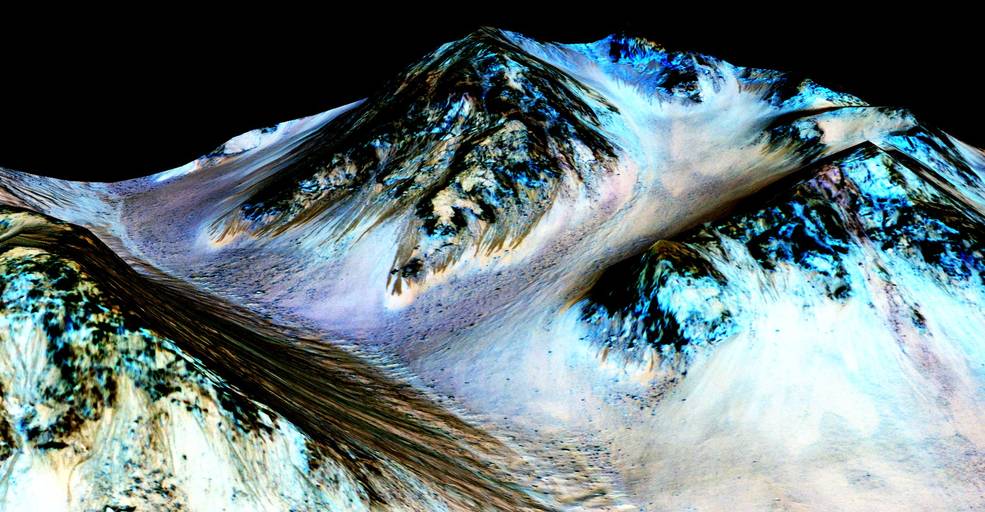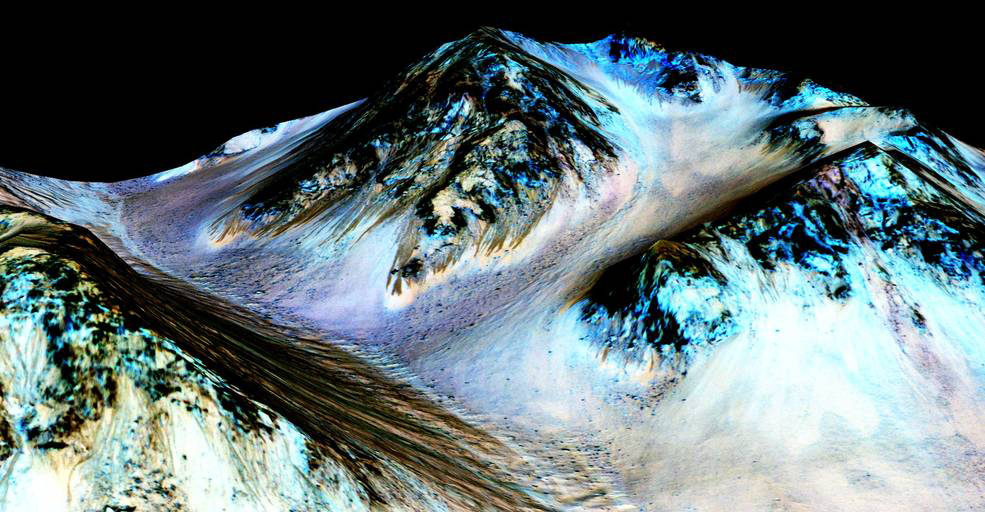
In recent years, the exploration of Mars has been an extremely hot topic in the scientific community. The successful launch and landing of NASA’s Curiosity Rover on the surface of the Red Planet raised hopes of finding resources that could sustain life in the future.
On Sept. 28, NASA once again stunned the scientific community by confirming evidence that liquid water flows on the surface of Mars, as indicated by new findings from the Mars Reconnaissance Orbiter.
NASA had been hinting at the announcement the previous weekend, prompting speculation about the possibility of living microbes on the supposedly uninhabitable planet, but the discovery of water had always been at the top of the space administration’s long list of goals.
However, it’s fairly easy to gloss over this stream of news as something insignificant. Those who are indifferent might be thinking, “So what? How does this change the way we live?” To be fair, that’s a perfectly reasonable rebuttal.
While an enthusiast who has read Ray Bradbury’s “The Martian Chronicles” several times might be moved to tears by this recent announcement, the prospect of exploring Mars may still be a bit much for the everyday, typically uninformed citizen who is far too concerned with his or her own personal issues to worry about some godforsaken planet. As mind-blowing as the revelation is, it all boils down to the tireless efforts and progress of the scientific community.
About a century ago, the idea of exploring Mars was a mere fantasy of science fiction, popularized by authors such as Ray Bradbury and H.G. Wells. Despite famous observations of Mars made by Galileo and other notable scientists, most skeptics claimed that it was simply too far away to closely study.
Then the Space Race came along in the late 1950s and NASA’s own Mariner program blew the world away with the first close-up images of the Martian surface. This thrill, combined with the excitement of sending humans to the moon for the first time in the late 1960s, sparked several proposals for human missions to Mars.
Decades have passed since then, and while we haven’t sent a human to Mars yet, we’ve sent a barrage of probes and rovers that have helped us to learn that at one point, the barren Red Planet may have been able to sustain life by possessing qualities similar to those of Earth. Several studies of physical features of Mars support that theory, including the recent discovery of liquid water. The scientific community has made tremendous advancements that have helped us to know Mars better than we ever could before. NASA’s revelation on Monday was a beautiful love letter to those who have supported the seemingly outlandish ambitions of astronomers and engineers for years on end.
It’s safe to say that the discovery of liquid water on Mars marks the beginning rather than the end of a phase of exploration. NASA, among other space programs, now considers the idea of sustaining life on the Red Planet to be less far-fetched as we continue to unravel the mysteries of what lies beyond our comfortable atmosphere.
Israel Aragon is a freshman majoring in neuroscience.






